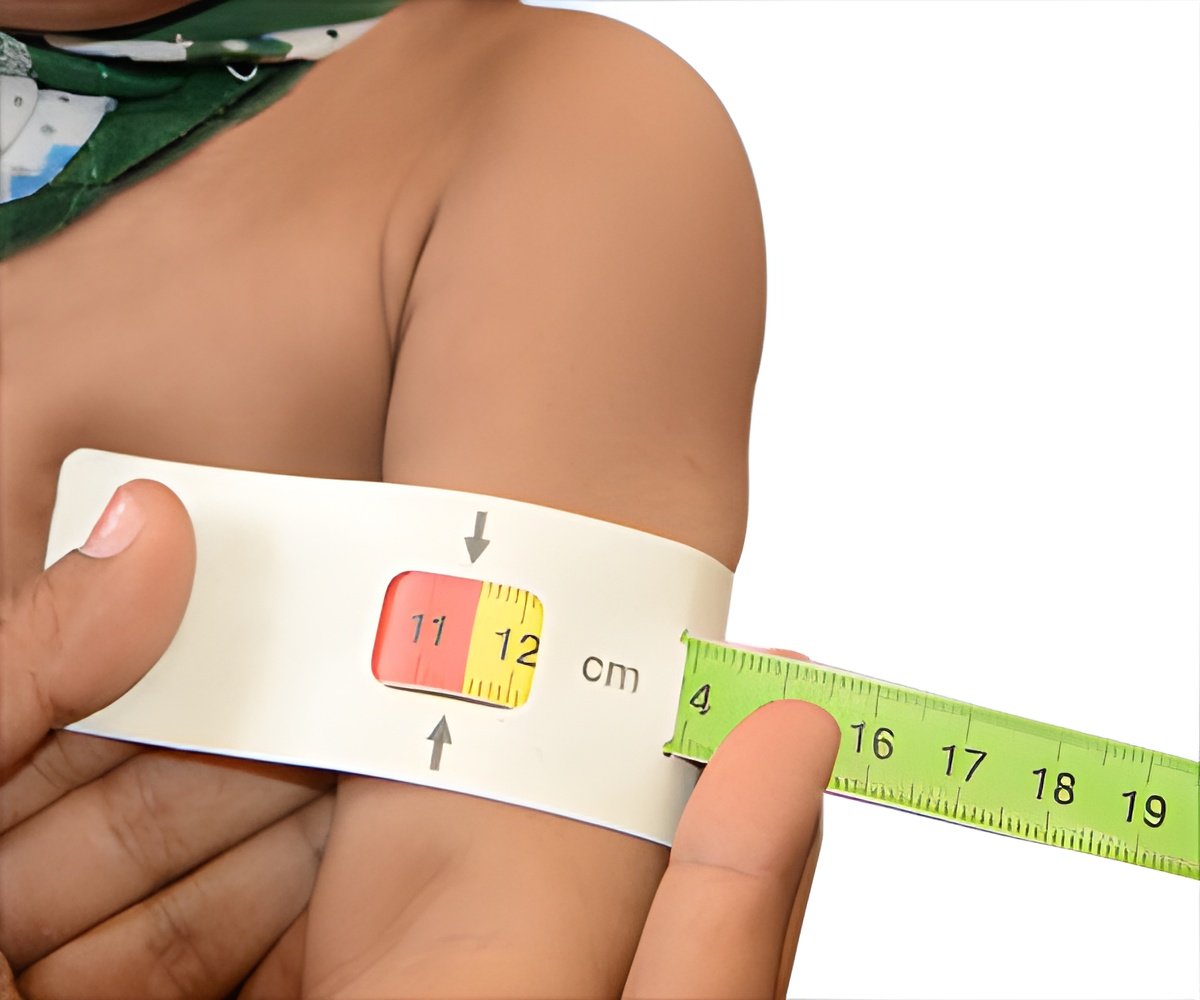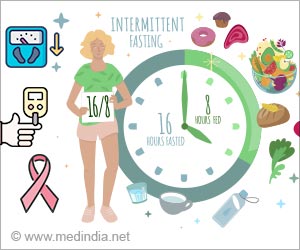First automated program has been implemented to screen for malnutrition in hospitalized children, reveals a new study.

‘Malnutrition and undernutrition are more common in hospitalized pediatric patients.Therefore, a team of researchers has developed the first automated program to screen for malnutrition in hospitalized children.’
Read More..




"Undernutrition is extremely common in children with cancer--the population we studied in this project," said study leader Charles A. Phillips, MD, a pediatric oncologist at Children's Hospital of Philadelphia (CHOP). Read More..
"There is currently no universal, standardized approach to nutrition screening for children in hospitals, and our project is the first fully automated pediatric malnutrition screen using EHR data."
Phillips and a multidisciplinary team of fellow oncology clinicians, registered dietitians and quality improvement specialists co-authored a paper published in the Journal of Nutrition and Dietetics.
Nutrition evaluation and intervention are crucial for children in inpatient units, because of the importance of nutrition in physical and cognitive development, wound healing, immune function, mortality and quality of life.
Phillips added that although the current study used oncology patients as a test case, the screen can be generalized to other pediatric units and patients with a high prevalence of malnutrition.
Advertisement
The anthropometric measurements in the EHR included height, length, weight, and body mass index. The researchers used software to take note of changes in those measurements and used criteria issued by the Academy of Nutrition and Dietetics and the American Society for Parenteral and Enteral Nutrition, to evaluate each patient's risk of malnutrition.
Advertisement
In the patient cohort, the researchers' automated screen calculated the overall prevalence of malnutrition at 42 percent for the entire period of study, consistent with the range expected from previous studies (up to about 65 percent for inpatient pediatric oncology patients). Overall severity levels for malnutrition were 47 percent in the mild category, 24 percent moderate and 29 percent severe; again, consistent with other research and clinical experience.
"This test study demonstrates the feasibility of using EHR data to create an automated screening tool for malnutrition in pediatric inpatients," said Phillips.
"Further research is needed to formally assess this screening tool, but it has the potential to identify at-risk patients in the early stages of malnutrition, so we can intervene quickly.
In addition, this tool could be implemented to screen all pediatric patients for malnutrition, because it uses data common to all electronic medical records."
Source-Eurekalert










